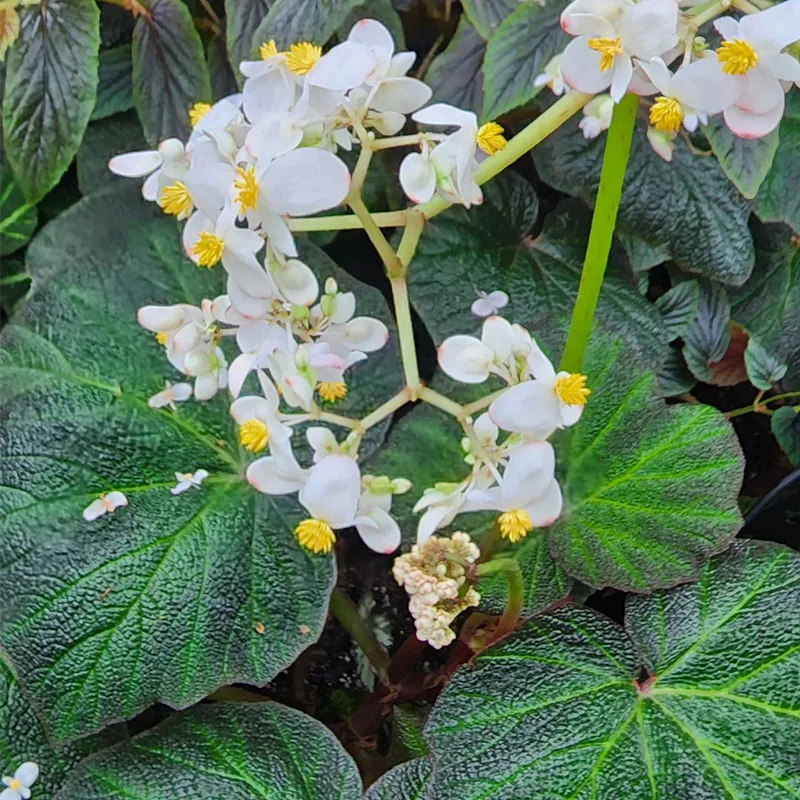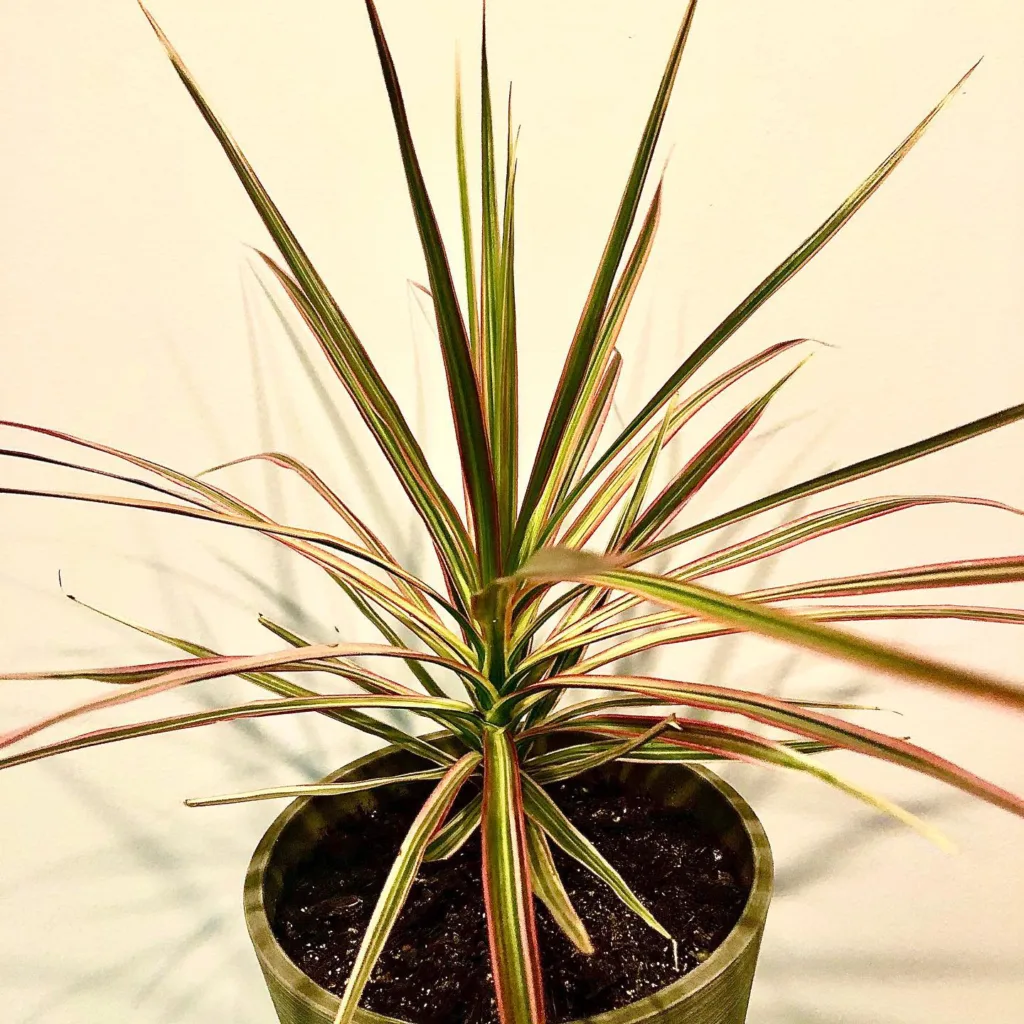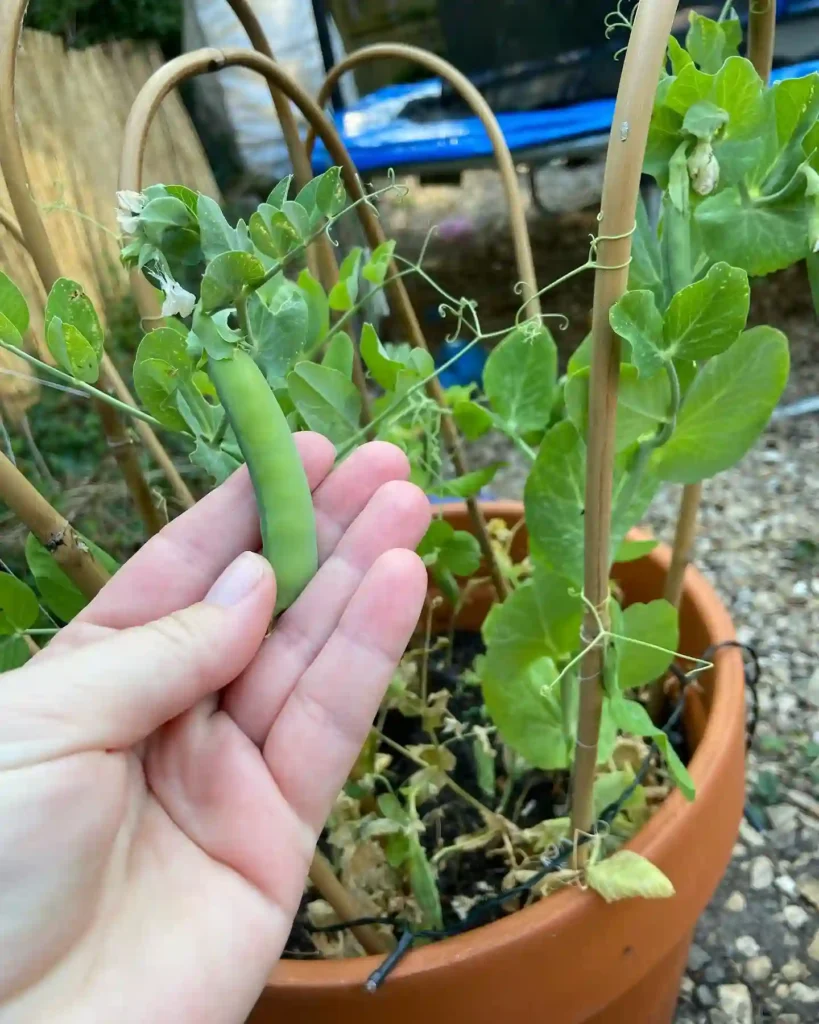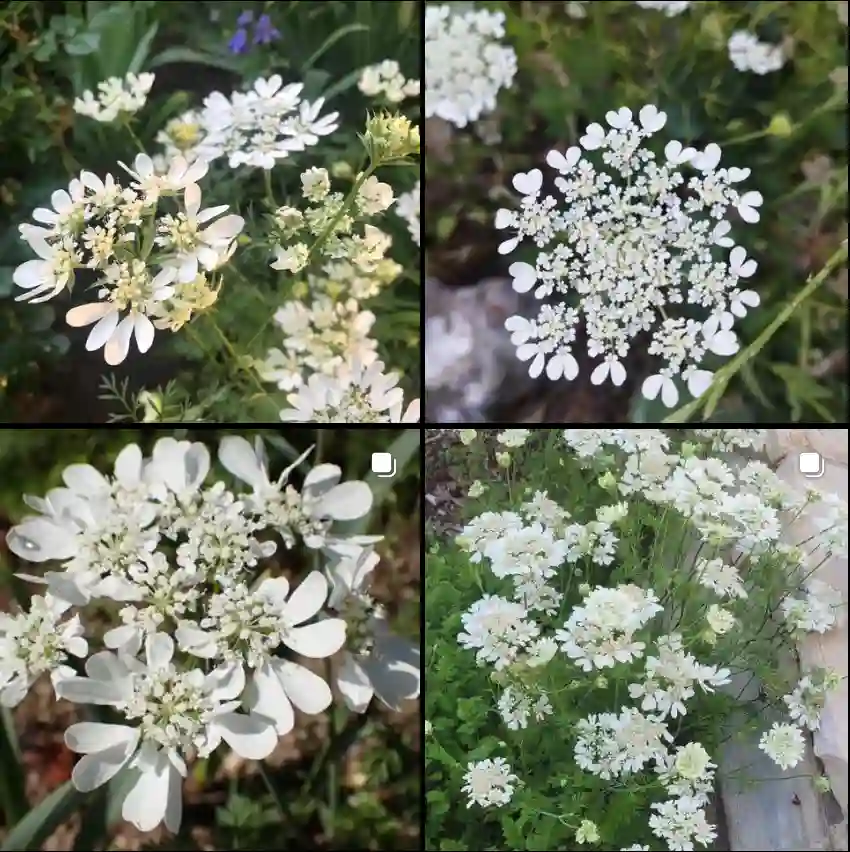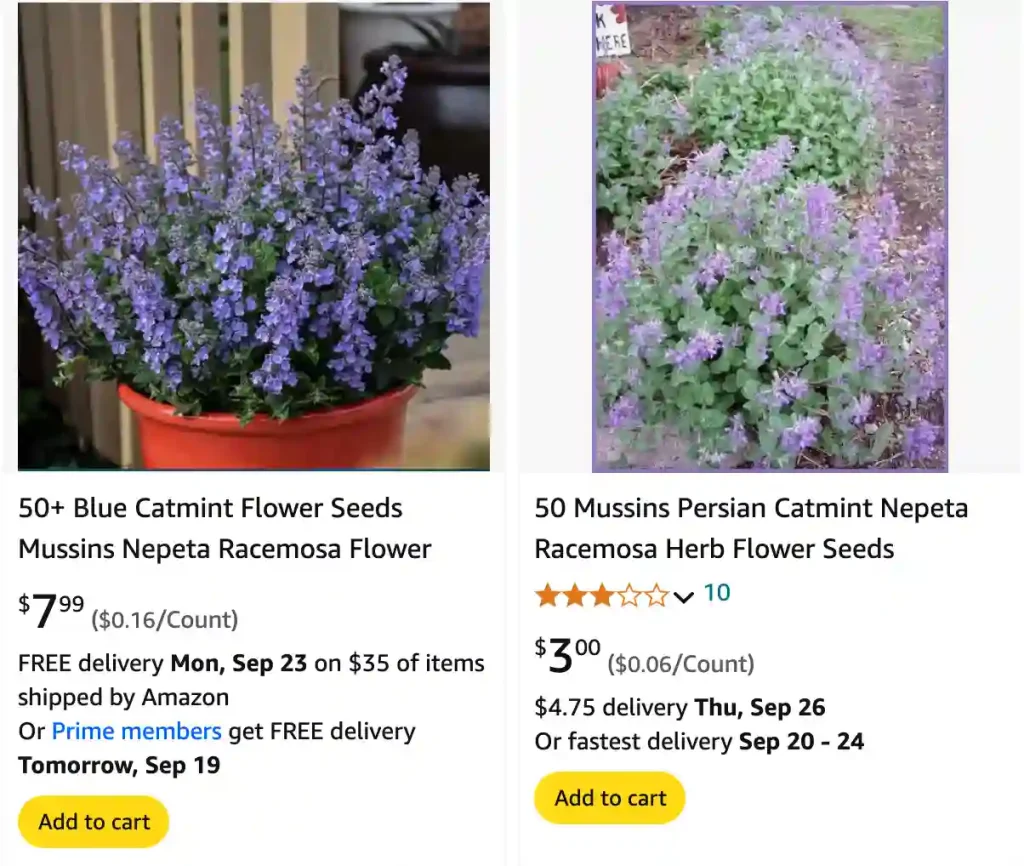
FAQs About Nepeta Racemosa: My Insights
Nepeta Racemosa, commonly known as Eastern Catmint, has become one of my favorite garden plants. It’s not just its beauty that draws me in, but also its versatility and ease of care. Here’s a comprehensive guide to help you get to know Nepeta Racemosa better, based on my personal experience and insights.
298 Species in Genus Nepeta – Catmint
What is Nepeta Racemosa?
Nepeta Racemosa is a perennial herbaceous plant that belongs to the mint family. Its distinctive feature is its aromatic foliage, which is known to attract cats, hence the common name “Catmint.” The plant produces spikes of lavender-blue flowers from late spring through early summer, creating a lovely contrast with its gray-green leaves. It’s native to the Mediterranean region but has adapted well to various climates.
How to Care for Nepeta Racemosa?
Caring for Nepeta Racemosa is relatively straightforward. Here’s what I’ve learned:
- Sunlight: Nepeta Racemosa thrives in full sun but can tolerate partial shade. It’s best to place it where it can get at least 6 hours of sunlight daily.
- Soil: This plant prefers well-drained soil. It’s not picky about soil type but performs best in slightly alkaline conditions. Adding organic matter to your soil can improve its texture and drainage.
- Watering: Once established, Nepeta Racemosa is drought-tolerant. Water it regularly during its first growing season to establish a strong root system. After that, you can reduce watering frequency. Be cautious not to overwater, as it can lead to root rot.
- Pruning: Regular deadheading of spent flowers can encourage more blooms and keep the plant looking tidy. In late fall or early spring, cut back the stems to ground level to promote new growth.
How to Propagate Nepeta Racemosa?
Propagation of Nepeta Racemosa can be done through seeds, division, or cuttings:
- Seeds: Start seeds indoors about 6-8 weeks before the last frost date. Sow them in seed trays and keep them in a warm, sunny location. Transplant the seedlings outdoors after they’ve grown a bit and the risk of frost has passed.
- Division: This method involves dividing mature plants every 2-3 years. In early spring or fall, dig up the plant, separate it into smaller sections, and replant them. This is a great way to rejuvenate your plants and increase your garden’s stock.
- Cuttings: Take 4-6 inch cuttings from the tips of the stems in late summer. Remove the lower leaves, dip the cut ends in rooting hormone, and plant them in a pot with well-draining soil. Keep the pot in a warm, bright spot and maintain moisture until roots develop.
What to Plant with Nepeta Racemosa?
Nepeta Racemosa pairs beautifully with a variety of other plants. I’ve found it complements these well:
- Lavender: The silvery foliage and similar growing conditions make Nepeta and Lavender a perfect match.
- Salvia: Both plants share similar care requirements and bloom times, making them a complementary duo in the garden.
- Rudbeckia: The bright yellow flowers of Rudbeckia contrast nicely with Nepeta’s purple blooms.
- Penstemon: These offer a varied texture and color contrast that pairs beautifully with Nepeta Racemosa.
Is Nepeta Racemosa Toxic?
One of the best things about Nepeta Racemosa is that it’s non-toxic to both humans and pets. Unlike some other garden plants, it won’t pose a threat if accidentally ingested by children or animals.
Benefits of Nepeta Racemosa
Nepeta Racemosa offers several benefits:
- Attracts Pollinators: The flowers are a magnet for bees and butterflies, enhancing the biodiversity of your garden.
- Cat Attraction: If you’re a cat owner, you’ll appreciate how Nepeta can entertain and stimulate your feline friends.
- Low Maintenance: It’s a hardy plant that requires minimal care once established, making it ideal for busy gardeners.
- Aromatic Foliage: The minty scent can act as a natural pest repellent, keeping aphids and other unwanted bugs at bay.
Common Problems with Nepeta Racemosa
Despite its hardy nature, Nepeta Racemosa can encounter a few issues:
- Overwatering: This can lead to root rot. Ensure the soil is well-draining and avoid prolonged moisture.
- Pests: While generally pest-resistant, keep an eye out for spider mites or aphids, especially during dry spells.
- Winter Care: In colder climates, a layer of mulch can protect the roots from freezing temperatures.
Comparing Nepeta Racemosa to Similar Plants
You might come across other plants similar to Nepeta Racemosa, such as Nepeta Faassenii or Nepeta X Faassenii. Here’s a brief comparison:
- Nepeta Faassenii: Often confused with Nepeta Racemosa, it has a similar appearance but typically features more compact growth and slightly different flower color.
- Nepeta X Faassenii: A hybrid between Nepeta Racemosa and Nepeta Faassenii, it combines characteristics of both, offering a mix of traits from each parent plant.
Nepeta Racemosa stands out for its ease of care, attractive blooms, and benefits to both garden and home. Whether you’re a seasoned gardener or just starting out, it’s a fantastic addition to any garden.
If i die, water my plants!
